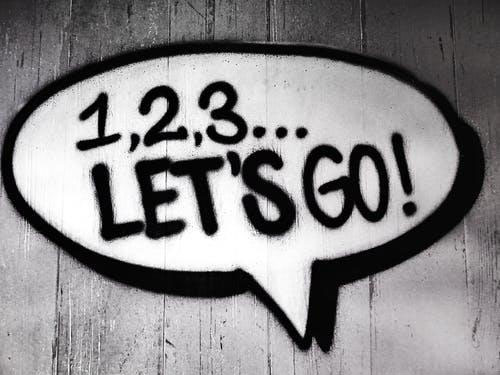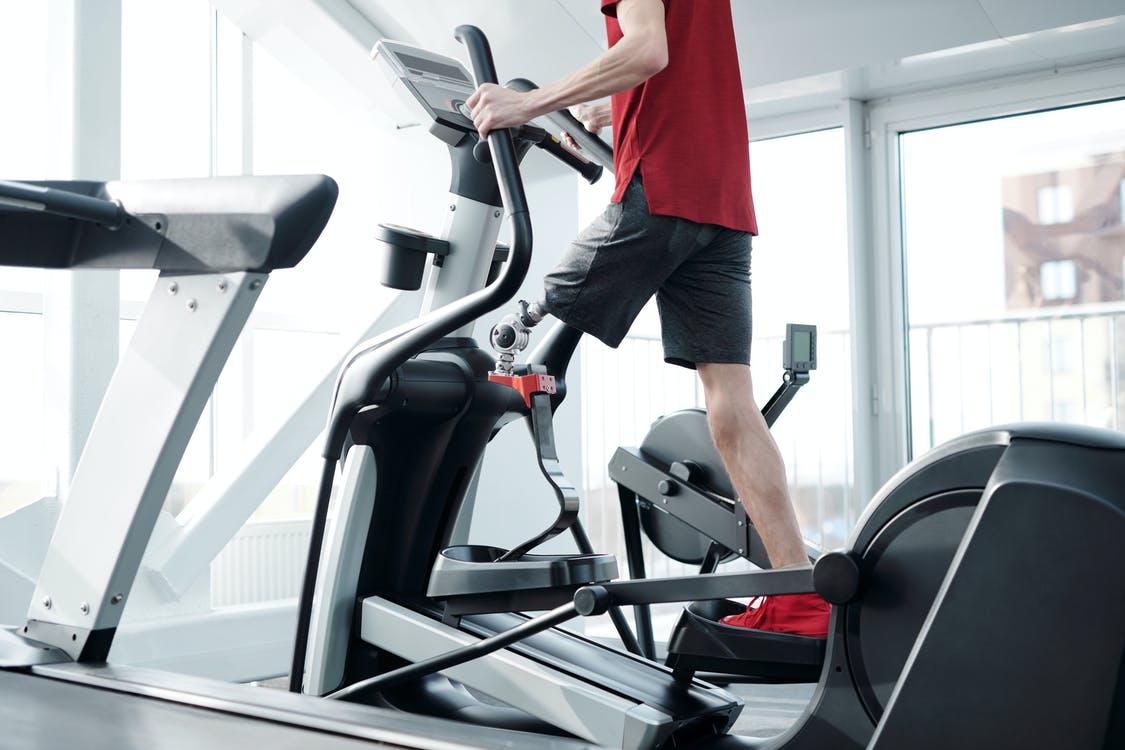Cognitive & Speech Rehab
There are exercises and therapy techniques that you can try to help manage your PASC symptoms related to brain fog and trouble speaking clearly. Cognitive skills are how your brain thinks, communicates, remembers, and solves problems. People with PASC have reported the following symptoms related to cognitive dysfunction:
- Short-term memory loss
- Confusion
- Forgetfulness
- Disorganization
- Difficulty concentrating
- Difficulty putting thoughts into words.
Cognitive stimulation therapy is one way to manage these symptoms. For example, it can improve thinking and memory problems among people with mild fogginess to more severe dementia or cognitive problems after a stroke. Cognitive stimulation involves participating in activities to improve cognitive and social functioning. If you are experiencing PASC symptoms related to speech, you may also find the fluency and word finding exercises below helpful. These activities are designed to be relaxing and fun and create opportunities for you to learn and grow.











